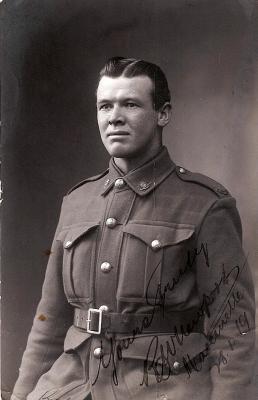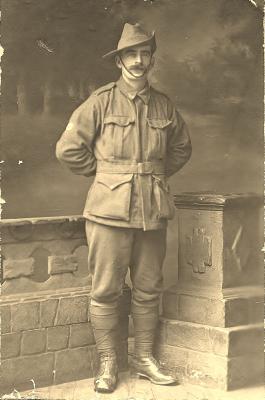World War 2, Australia, Darwin 1942
1944View of Heavy Anti-Aircraft Artillery guns firing in Darwin
Darwin, the largest population centre in northern Australia, was considered a vital asset in Australia's defences against an increasingly aggressive Japanese Empire in the 1930s. Its port and airfield facilities were developed, coastal defence batteries constructed and its garrison steadily enlarged. The outbreak of war in the Pacific resulted in the rapid enlargement of the military presence in Darwin and it was used as a base from which to deploy forces for the defence of the Dutch East Indies. In January and February these forces were overwhelmed by Japanese landings, usually preceded by heavy air attacks.
On 19 February 1942 Darwin itself was bombed. Japanese fighters and bombers attacked the port and shipping in the harbour twice during the day, killing 252 Allied service personnel and civilians. On 3 March Broome, in Western Australia, was strafed. In succeeding months air attacks were made on many towns in northern Australia including Wyndham, Port Hedland and Derby in Western Australia, Darwin and Katherine in the Northern Territory, Townsville and Mossman in Queensland, and Horn Island in the Torres Strait. Despite popular fears these raids were not the precursor to an invasion but they did serve to interrupt the use of Darwin's port facilities. The raids also tied up anti aircraft defences and air force units that would have otherwise been sent to more forward areas.
The Japanese air raids on Darwin on 19 February involved, collectively, over 260 enemy aircraft. Subsequent raids in April, June, July and November 1942, and March 1943 where carried out with forces of 30 to 40 fighters and bombers. Between the large raids there were smaller operations by groups of under a dozen Japanese aircraft. Most of the raids occurred in daylight but there were some small scale night attacks.
The 64th, and last, air raid on Darwin occurred on 12 November 1943. In total there were 97 air attacks on northern Australia and enemy air reconnaissance over the region continued through much of 1944.
Details
Details
Open in Google Maps
Nearest geotagged records:
Australian Army Museum of Western Australia
Australian Army Museum of Western Australia
Other items from Australian Army Museum of Western Australia
- World War 1, Europe, 3215 NEWPORT, 28 Battalion, 1917
- World War 1, Middle East, 5157 NEWPORT, 14 Australian Light Horse, 1917
- World War 1, Western Australia, 3215 NEWPORT, 28 Battalion, 1919
- World War 1, Australia Western Australia, 3215 NEWPORT, 28 Battalion, 1915
- Pre-World War 1, Australia Western Australia, WHITE, 1900
- World War 1, Europe, 166 BARLOW, 44 Battalion, 1916
- World War 1, Europe, 166 BARLOW, 44 Battalion, 1916
- World War 2, Australia Western Australia, WX14564 BARLOW, 2/16 Battalion, 1940
- World War 1, Western Australia, 44 Battalion, 1916
- Pre 1914 Australia, Western Australia, Military Ball, 1904
- World War 1, Europe,11 Battalion , 1917
- World War 1, Europe, COLLETT, 28 Battalion AIF, 1918













